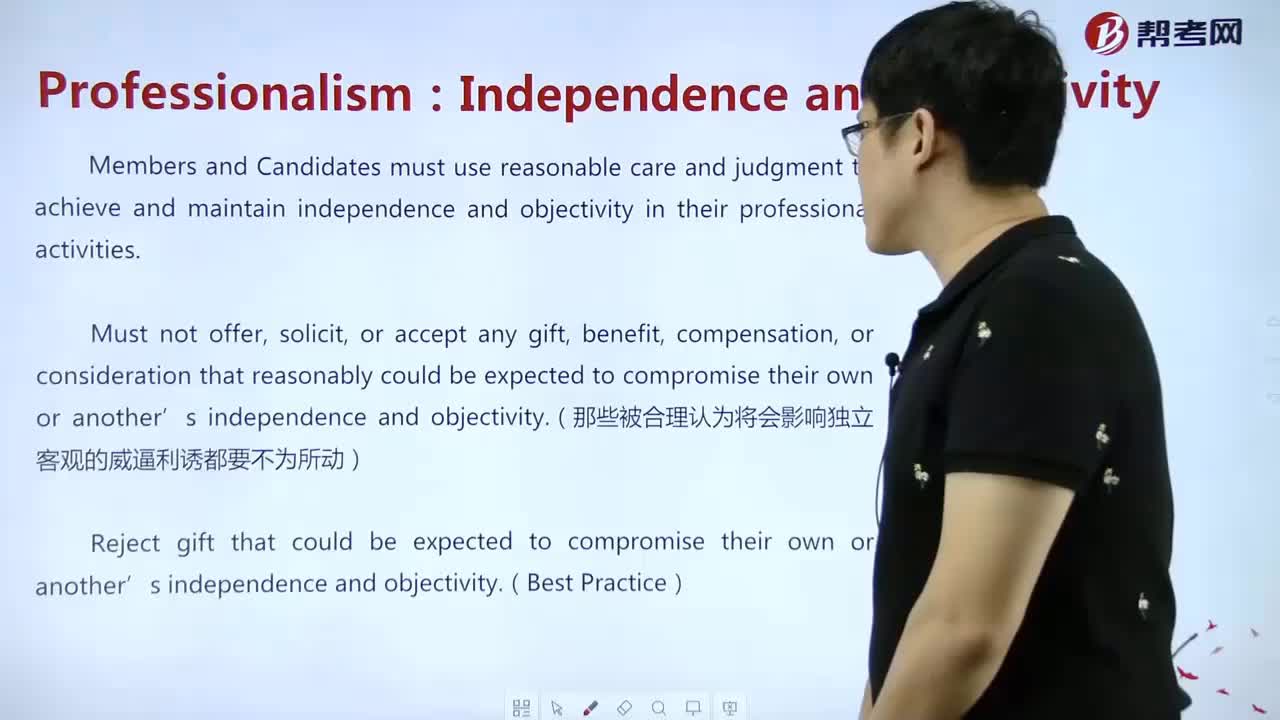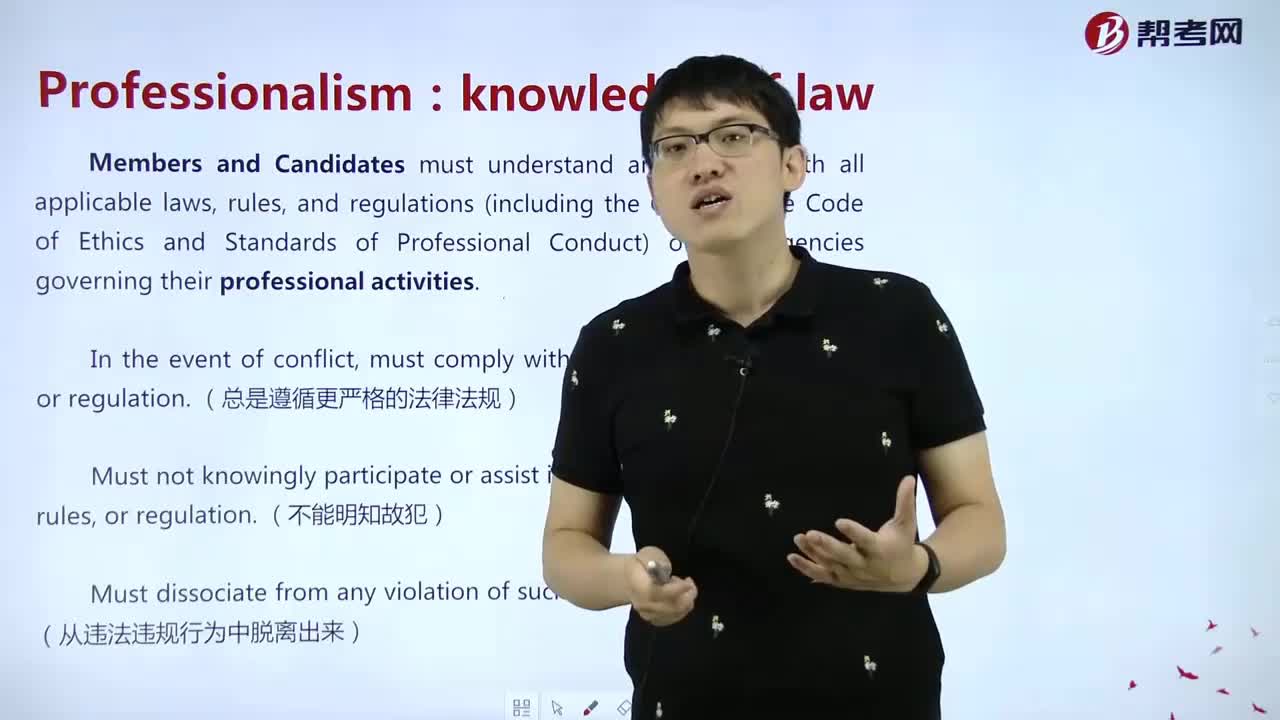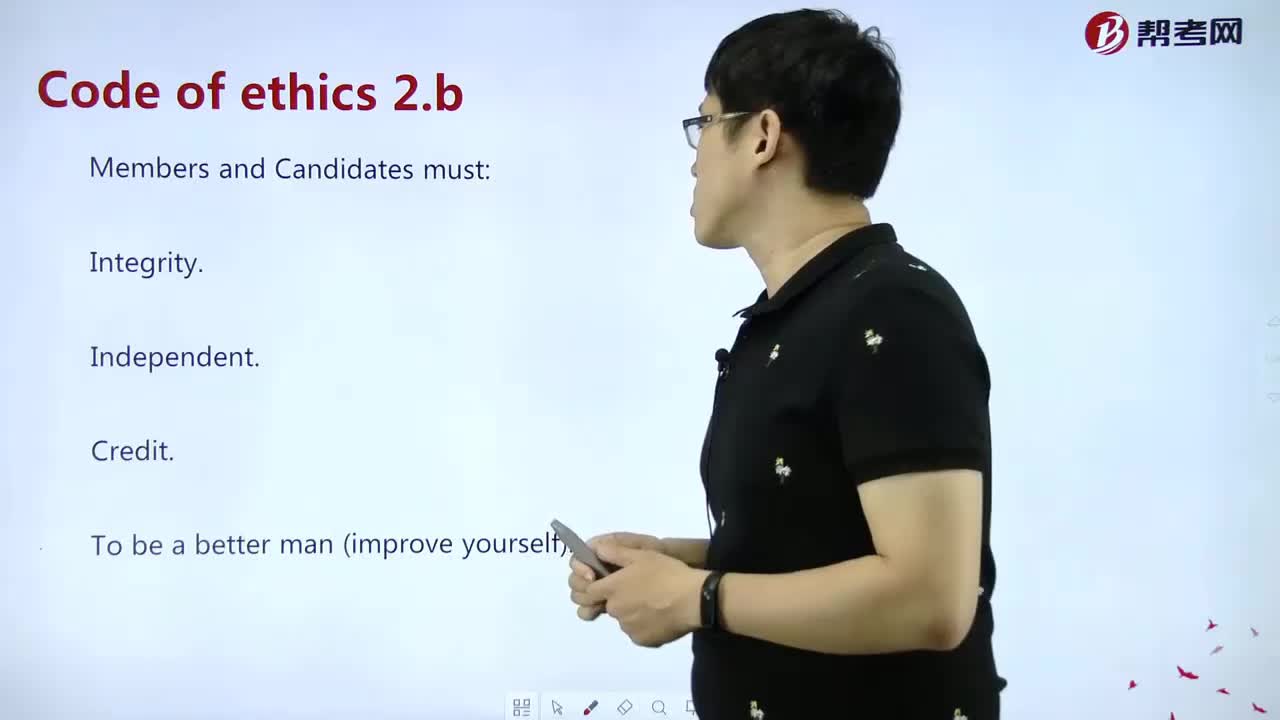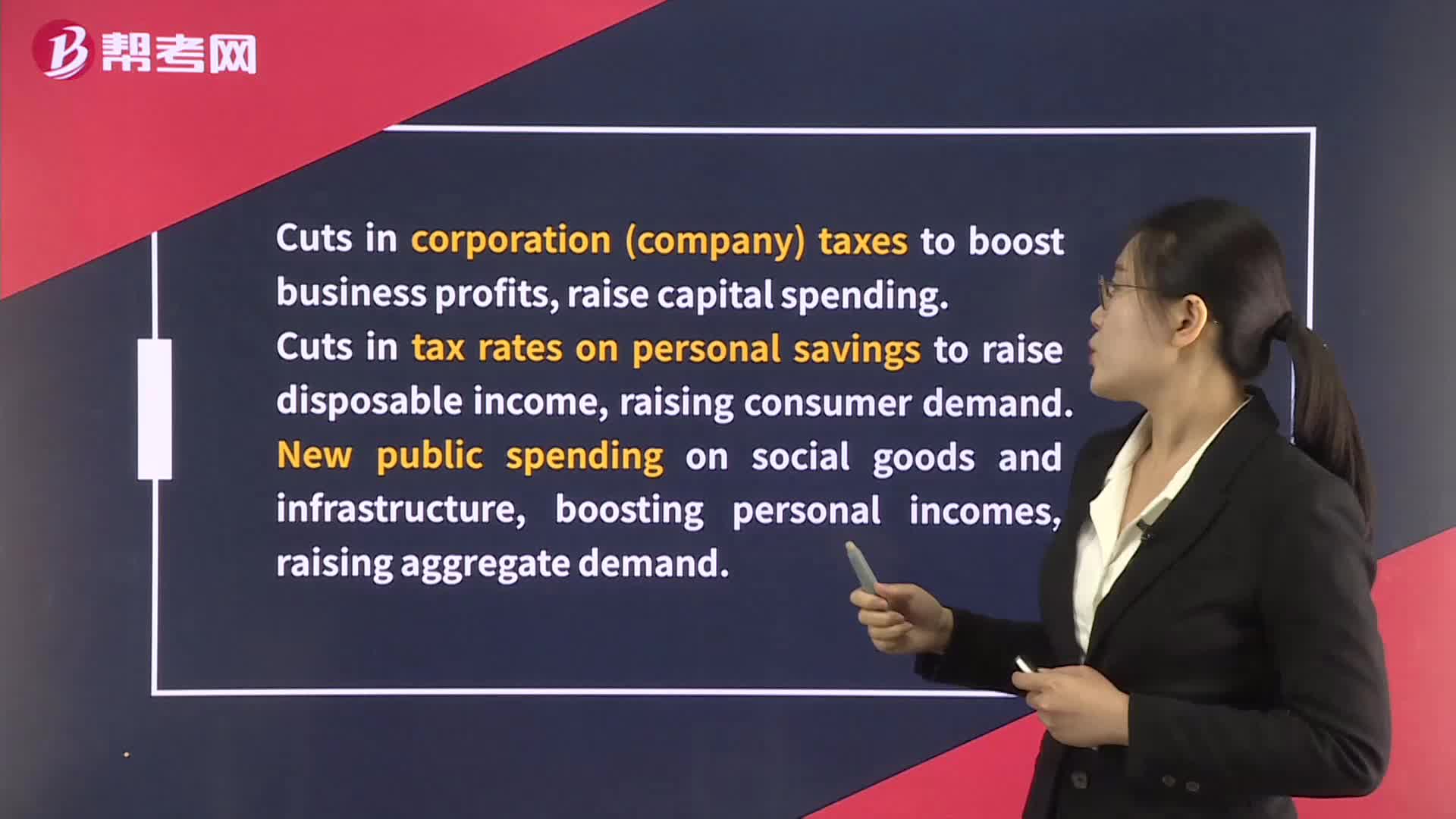
Fiscal Policy and Aggregate Demand
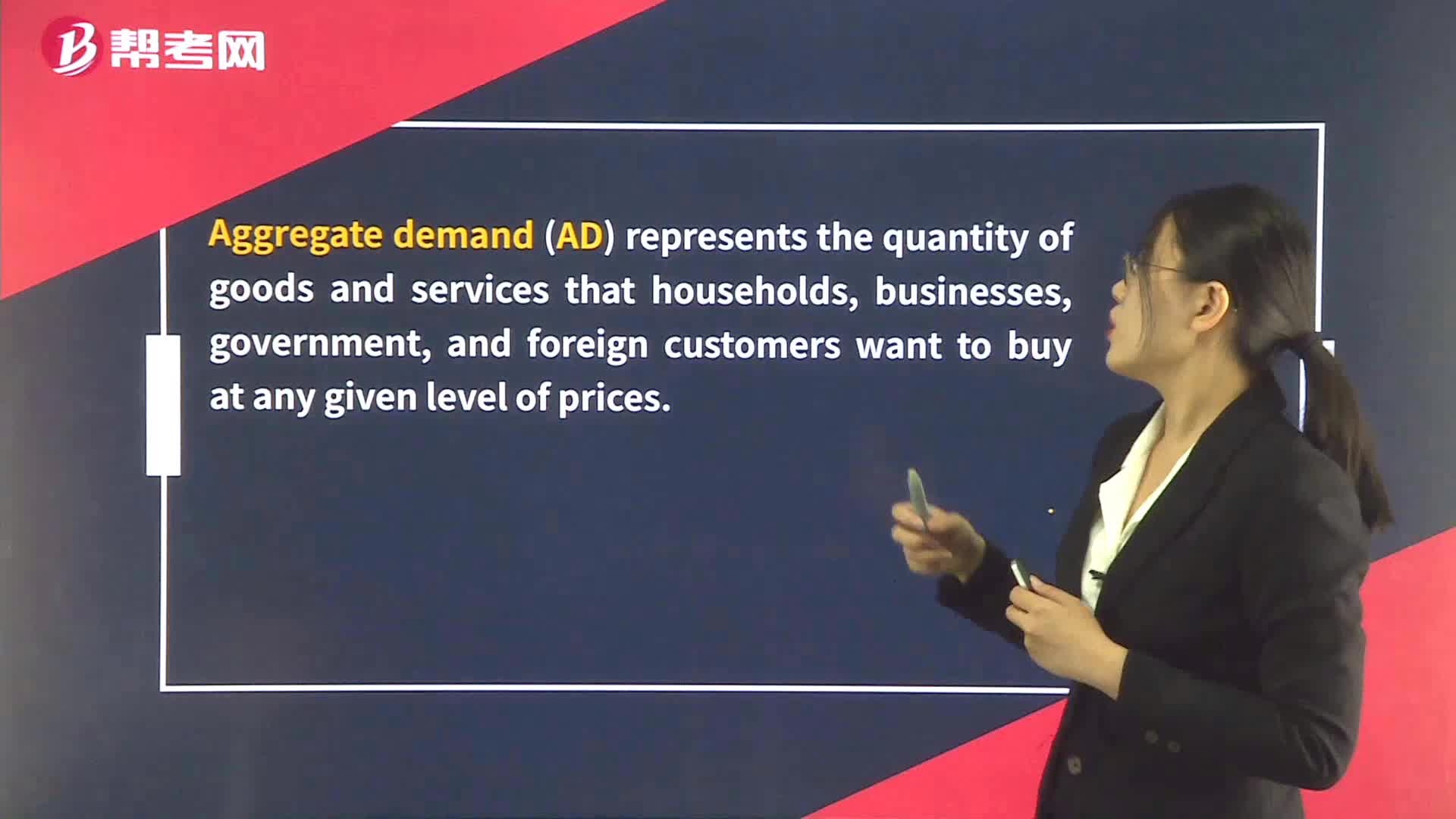
Aggregate Demand
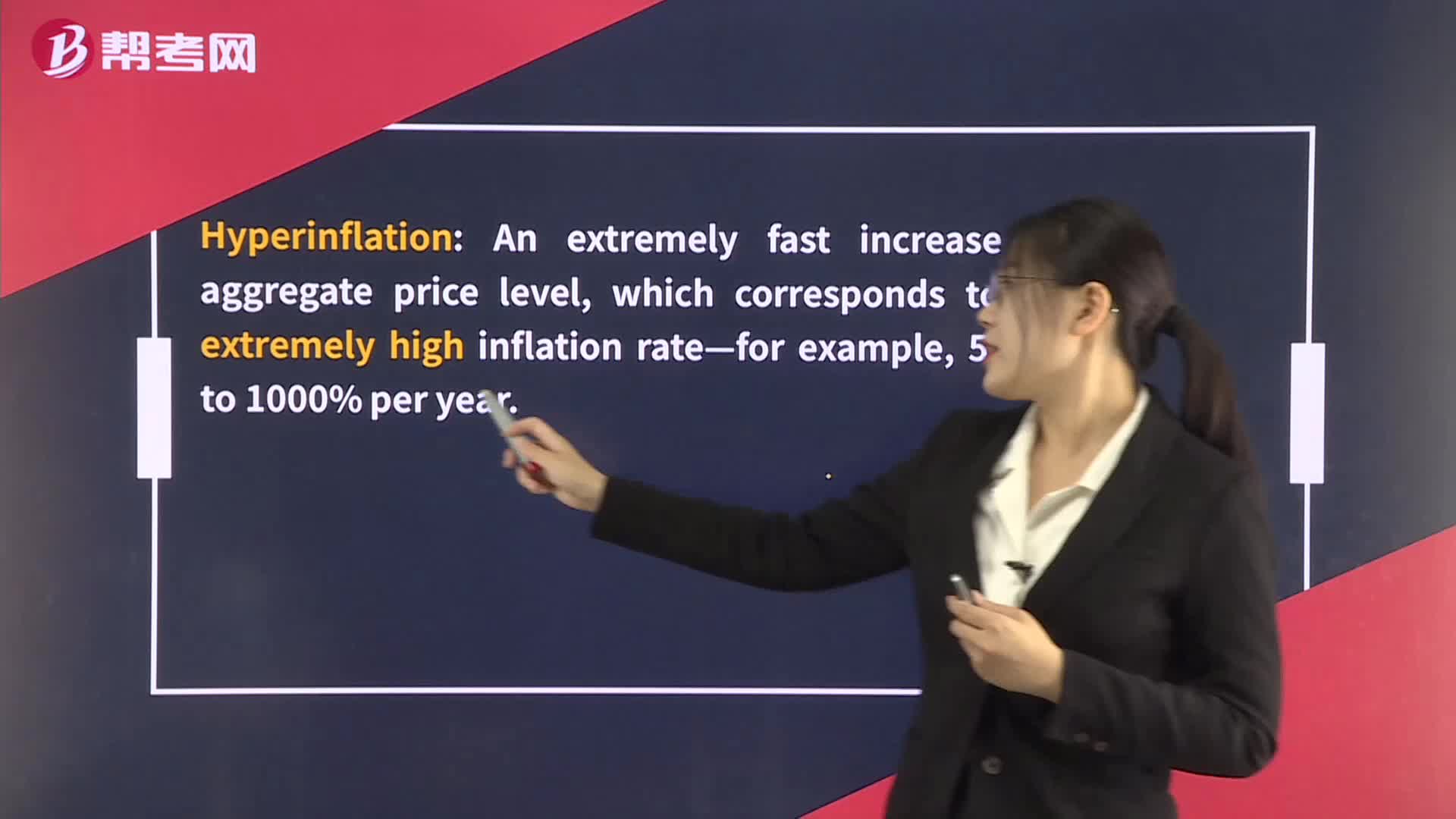
Deflation, Hyperinflation, and Disinflation
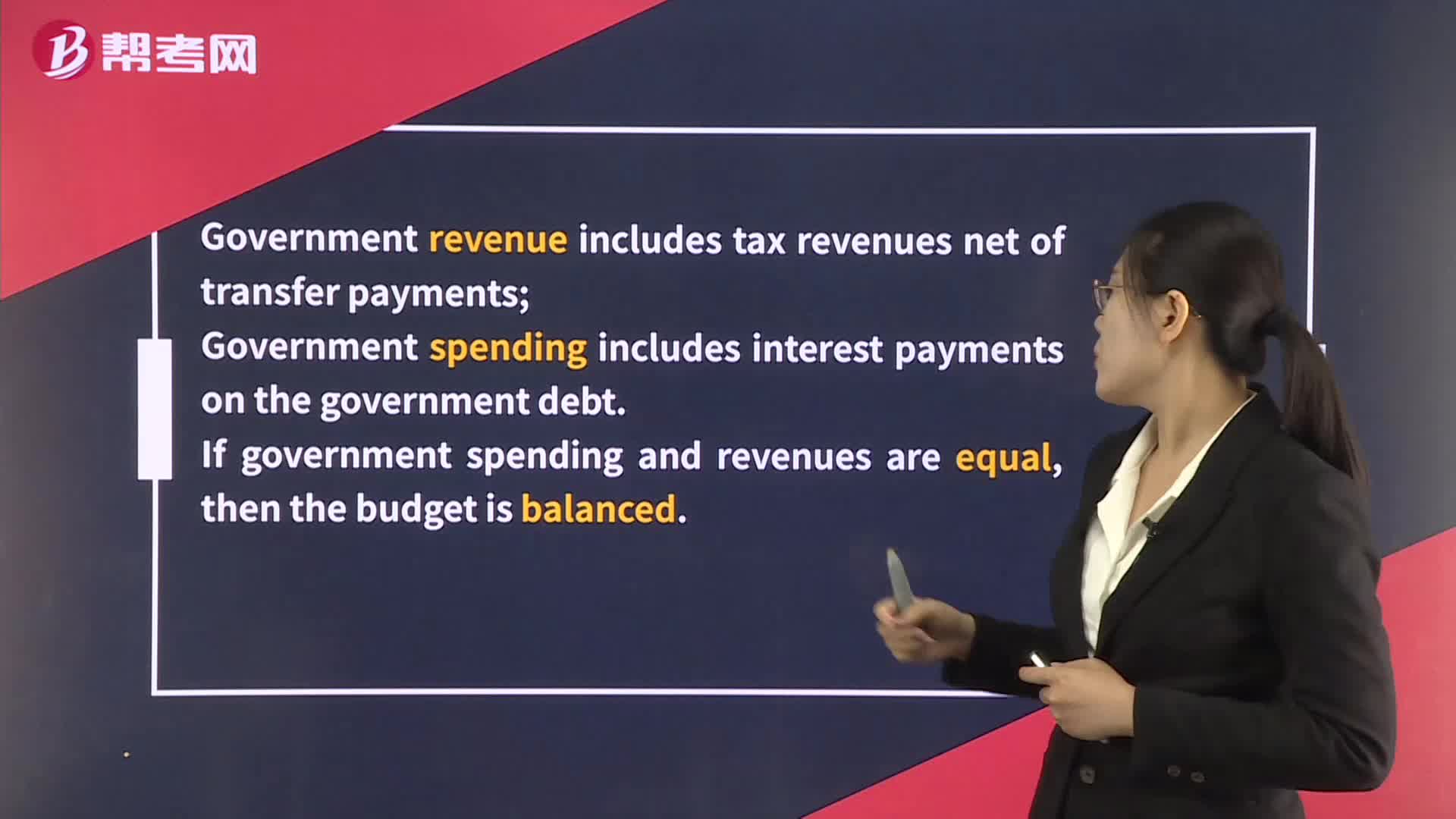
Deficits and the National Debt
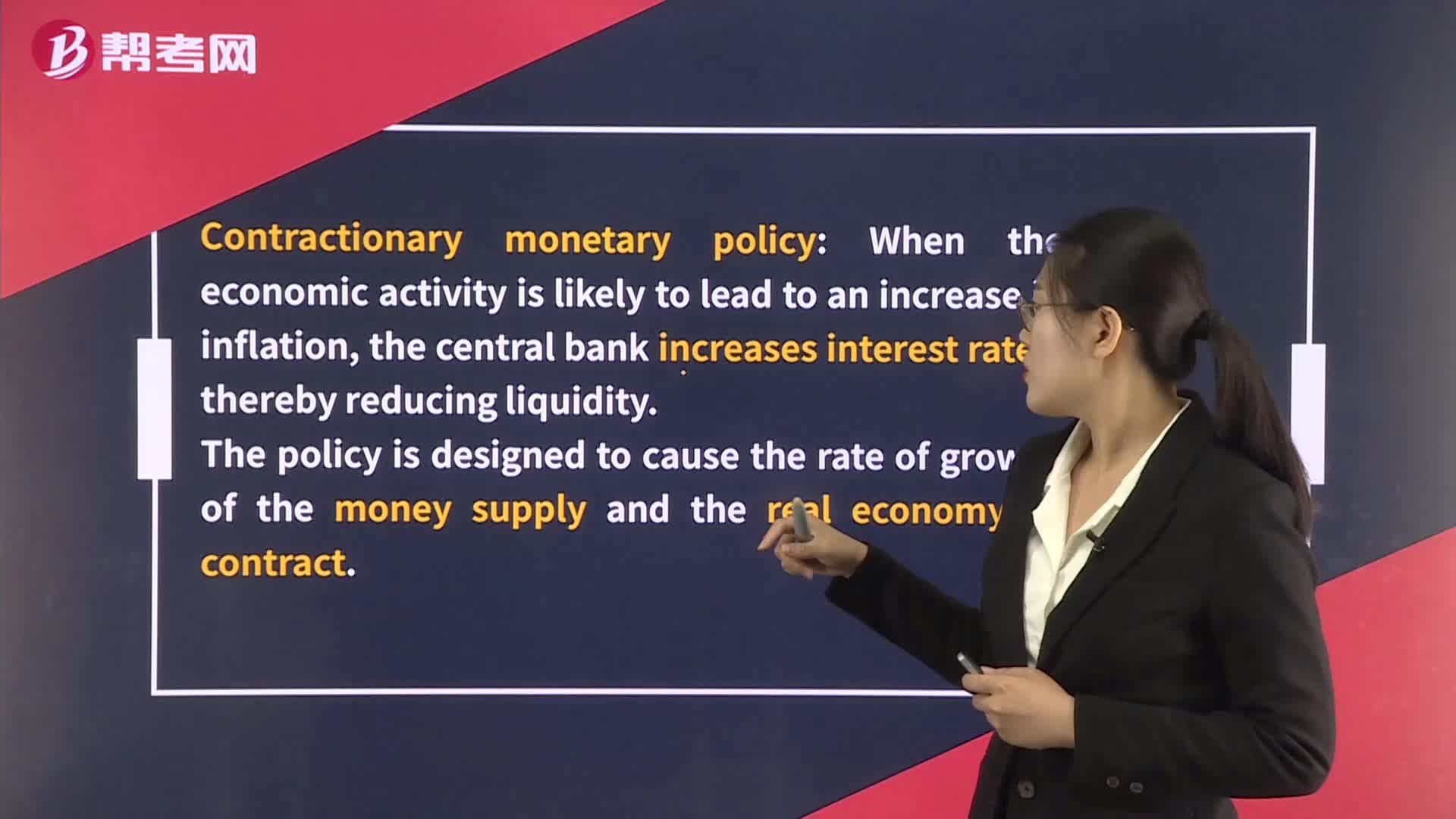
Contractionary and Expansionary Monetary Policies

What members and candidates should notice in CFA examinations?
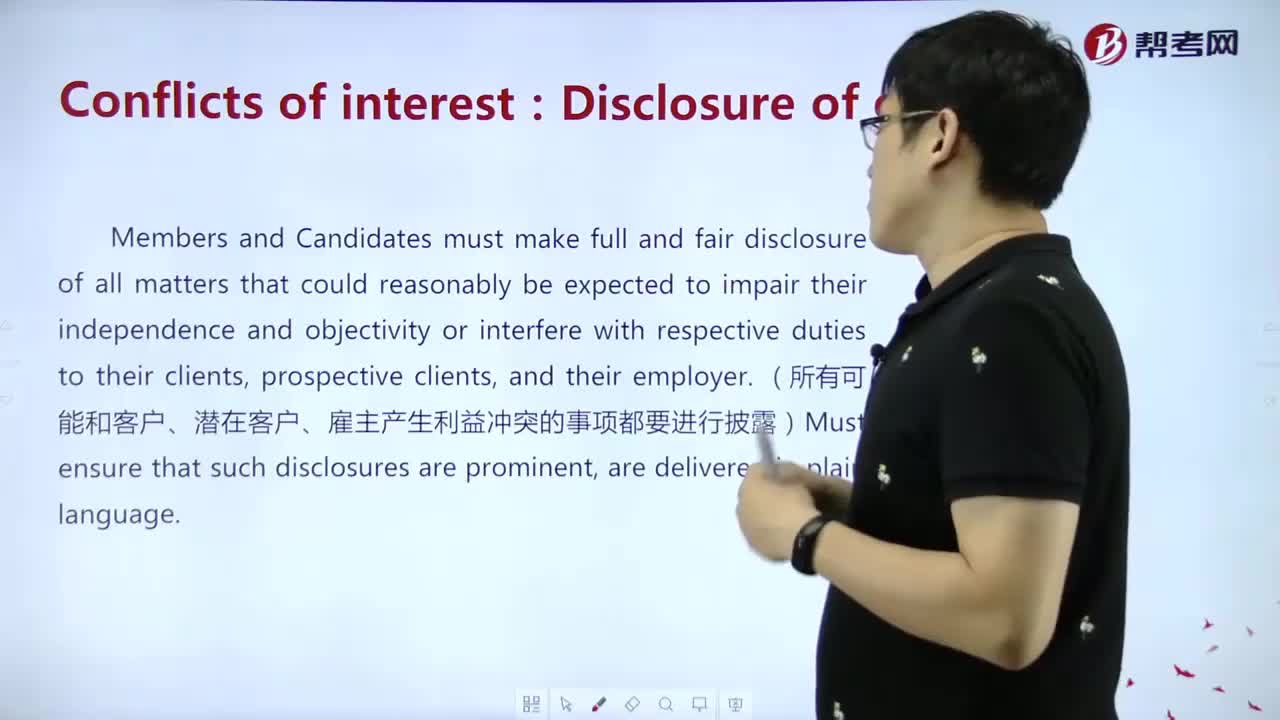
Why members and candidates must make disclosure of all matters ?

Why members and candidates must develop and maintain appropriate records?

How to identifying the actual investment client and voting proxy policies?

How to understand loyalty, prudence and care in duty to clients?
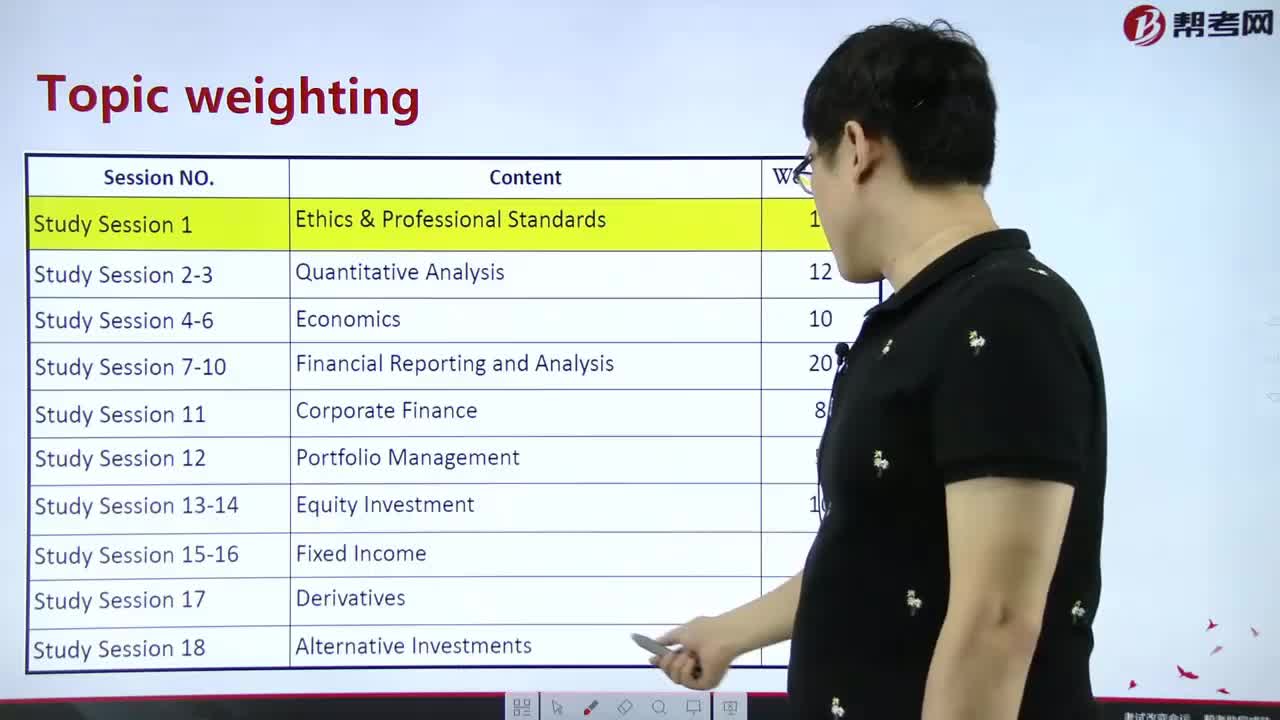
What are the ethics and trust in the investment profession?

In analyzing investment, what should we do to making investment recommendations, and taking investment actions?

下载亿题库APP
联系电话:400-660-1360



